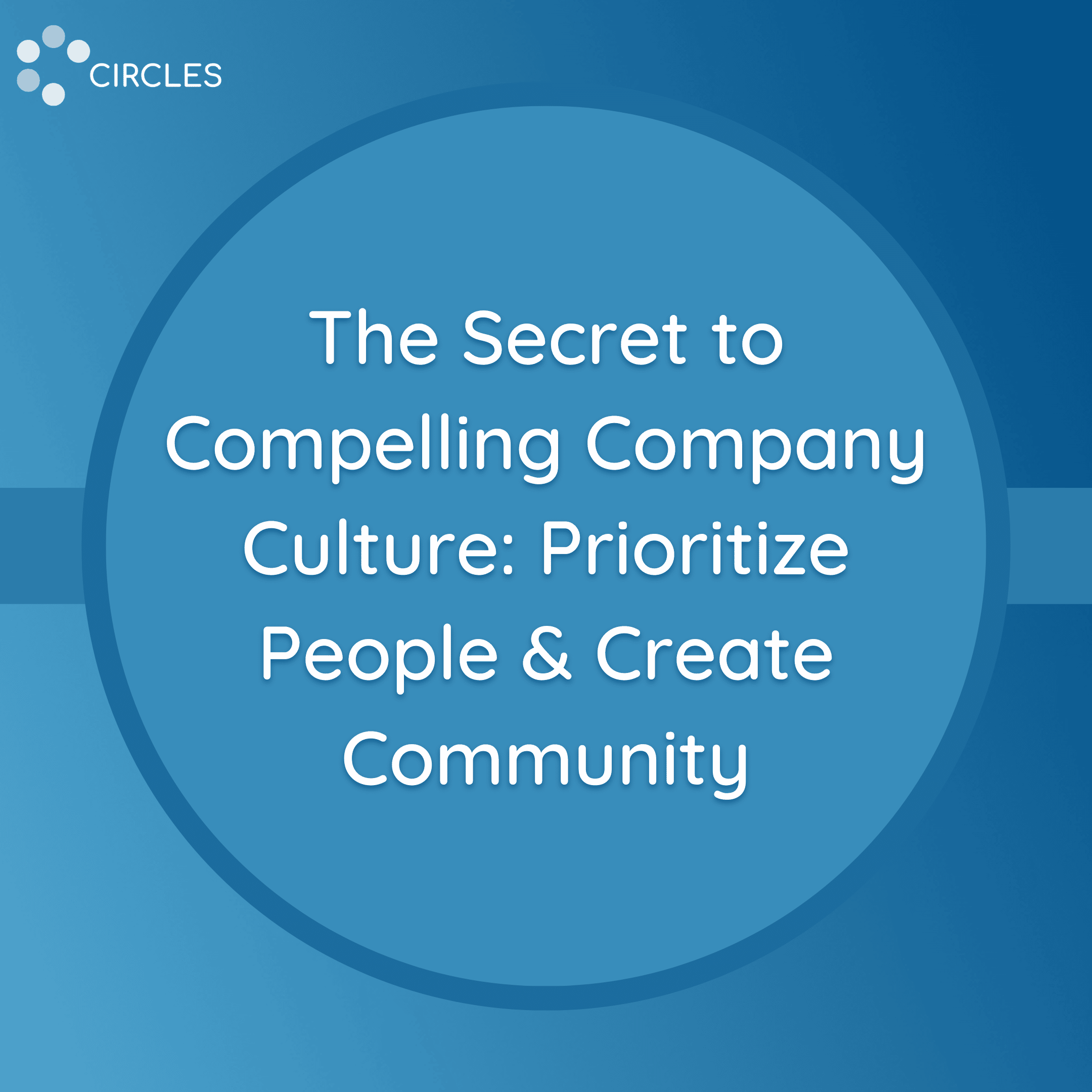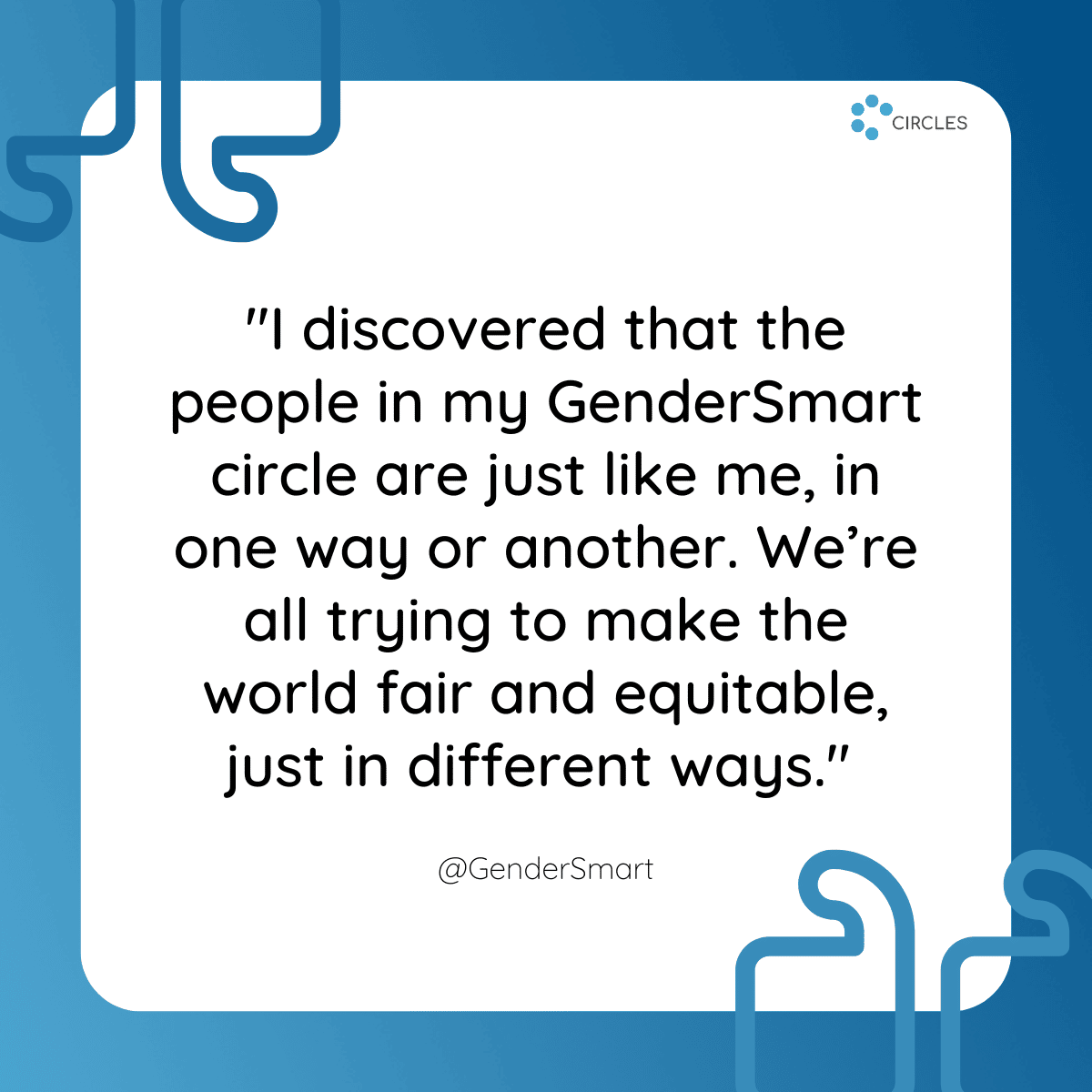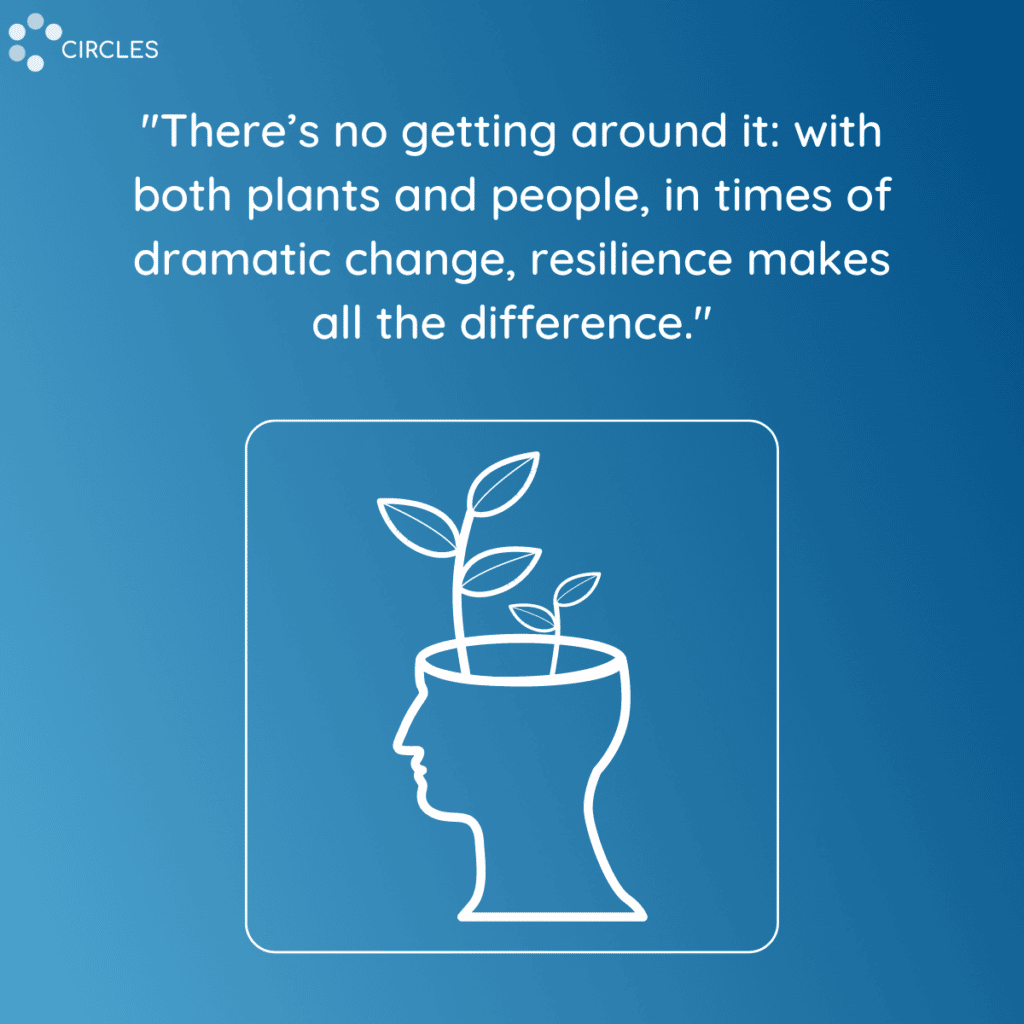In the wake of both the great resignation and massive layoffs–and with recession looming– organizational culture matters. When the stakes are high, what elements contribute to a compelling company culture?
We asked learning and development leaders how they connect and grow their employees and enhance company culture, all while navigating a global workforce. They all expressed the importance of prioritizing people by creating community across distributed teams.
Prioritizing People
“Employee engagement has to be intentional and leaders have to be human first. We want people to let their “human” shine through.” Mary Remillad, HomeLight
Mary Remillard is head of Learning and Development at HomeLight, a real estate technology company with a global employee base. She shared that HomeLight’s founder knows firsthand what cultural elements he wants to avoid. “Since our CEO came from the notoriously toxic culture of Wall Street, he already had a really good idea of what culture shouldn’t be, and wanted better for his own company. When he started HomeLight, he made sure his vision of “people first” was top priority.”
L&D specialist Rachel Wood has worked to develop holistic programs that specifically focus on the people side of Burendo consulting agency. “It doesn’t matter who you are, what role you’re in, or where you are located. If you shout for help at Burendo, people here care and will swarm around to help solve whatever the need might be.”
At French software company Aircall, Global Learning & Talent Development Partner Melissa Strong knows the value of prioritizing people. “Our people are what makes Aircall unique. As a company we have an amazing sense of community. Everyone wants to be a part of something exciting, to learn, grow and achieve something special in a community together. It’s unique and addicting to have this type of supportive environment.”
“People are what makes Aircall unique. It’s addicting to have this type of supportive environment.” Missy Strong, Aircall
Creating Community Across Distributed Teams
According to recent studies, 61% of employees now identify as hybrid workers–their time is split between in-office and remote work. This forces creative endeavors to keep them connected and growing together. Beyond teams collaborating in Slack and virtual one-on-ones with direct reports, the leaders we spoke with think outside the box to keep distributed teams engaged. Whether it’s mentoring, shared learning opportunities, or inclusion efforts, they’re intent on connecting distributed teams and helping them grow.
With a passion for shared learning structures, Rachel has worked to break down silos and barriers at Burendo for the past 6 years. Her team focuses on decentralized, shared learning structures. “We are built around a community structure and have initiatives like mentoring programs that are linked to a broader collective support strategy. If someone needs help to collaborate, then they can look to the communities to see who can be assigned to a specific role.”
Beyond virtual coffee breaks & wellness programs, Rachel has seen the power of learning in community. “Burendo is a company where people are motivated to learn. We learn best through shared learning experiences that are based around communities.”
Learning in Community
“Burendo is a company where people are motivated to learn. We learn best through shared learning experiences that are based around communities.” Rachel Wood, Burendo
As AirCall scales quickly, Missy focuses on staying true to their culture of community and collaboration.
Her strategy involves “creating moments for people to share, encourage, and guide one another.” Twice a year, her team hosts Aircall Conversations, inviting experts to present on a topic. Speakers give a keynote speech and then employees break out into smaller teams. “We recently invited a Navy pilot to talk about working through uncertainty, which proved very applicable to both Aircall’s current reality going through a CEO change, and also to the current potential of recession.” The AirCall Conversations have shifted to virtual to keep employees connected across distributed teams. “We made sure that the chat and online discussions were lively, to create an ambiance of inclusion and energy.”
Diversity, Equity and Inclusion
“Because we are global, multicultural differences are expected and it is important to learn different communication styles.” Missy Strong
Leaders recognize inclusion as more than a passing fad—it’s a cultural imperative to any organization navigating globally distributed teams. Furthermore, HBR research shows that developing inclusive leaders “directly enhances performance,” as they grow in cultural intelligence and become aware of their biases.
Inclusive spaces don’t happen by accident. At HomeLight, Mary’s team intentionally celebrates DEI and strives to maintain awareness of their own biases. Her People Team has tackled many projects in an effort to ensure organizational alignment, starting with interview practices and including current team members.
HomeLight’s Employee Resource Groups are employee driven, and model the type of momentum Mary and her team want to leverage. “We are continuing to develop a strategy of equity within our global company, and desire for everyone to have the same opportunity, influence and voice. We want to make sure that no one feels negatively ‘othered’ because they are based in a country outside of where we are headquartered.”
Rachel describes Burendo’s culture as open and growing, two hallmarks of inclusivity. “Some of our work in inclusivity and culture building is in storytelling. We make a point of understanding traditions and beliefs, beginning with our founders.”
Honing their hiring practices is another part of Burendo’s strategy for shaping an inclusive culture. ‘As we hire, we look at people as a culture add, not a culture fit. We need the variety of skills, knowledge, and strength that people bring as individuals.” By putting people first, these leaders create sticky cultures that will attract and retain the right workforce.
Why Culture Matters
Back in 2020, McKinsey Consulting foresaw the type of workplace realities that would emerge as a result of enormous societal change–and as they reimagined the post-pandemic workforce, their advice was to pay careful attention to organizational norms and culture. Focus on what binds people together. “Your opportunity is to fashion the hybrid virtual model that best fits your company, and let it give birth to a new shared culture for all your employees that provides stability, social cohesion, identity, and belonging, whether your employees are working remotely, on premises, or in some combination of both.”
Rachel believes innovation is key to Burendo’s culture. “If you stop trying new things, then your culture is going to suffer.” HomeLight’s strategy includes attention to the overall employee experience. Mary says: “We try to not stay stagnant at HomeLight. Every time we’ve surpassed a critical milestone at the company, we’ve taken the time to evaluate what “great culture” means to ensure we evolve alongside our employees’ needs. We make sure there are checkpoints along the way, and strive to be intellectually curious.”
As the new era of distributed work progresses–and teams become increasingly global and multicultural—in our interviews, the opportunity to let the people define and shape the culture shines through. In the most practical sense, it’s also effective for any company’s bottom line. As Missy points out: “Without people, AirCall doesn’t have culture at all. And relationships are what makes things happen—results are reliant upon it. If they connect and care with the people they work with, then they will succeed.”
“Life is more than just staring at a screen for 8 hours a day. It can be easy with people being dispersed to let work be just work, but when there is community- humans connect on a human level, and that impacts people’s quality of life for the better.” Mary Remillad



